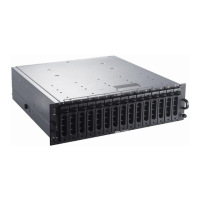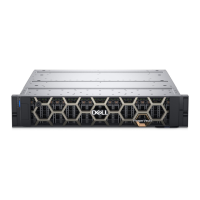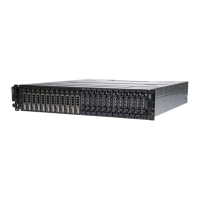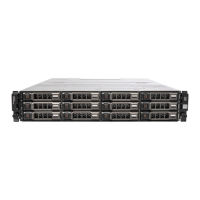A REFERENCE GUIDE FOR OPTIMIZING DELL™ MD1000 SAS SOLUTIONS VER A00
PAGE 25 5/06/2005
SNMP Traps
The architecture for handling SNMP traps and the Management Information Base (MIB) is different
in Server Administrator than in Array Manager. You may need to modify the applications that are
customized to receive SNMP traps from Array Manager.
Event Numbering
The numbering scheme for Storage Management alerts or events is different than the numbers
used for the corresponding Array Manager events. See the Alert Messages chapter in the Storage
Management online help for more information.
7. Storage Applications and Components
Identify customer usage model and needs
In order to select the correct storage solution, it is important to understand the application and user
requirements. A good starting point is to use the following basic storage profiling considerations.
Table 4: Storage Profiling Considerations
Characteristic
Values Description
Performance
• Bandwidth (MB per
sec.)
• I/O size (KB/MB)
• I/O Profile (read/write
and random/sequential
access mix)
• Latency
Performance is the overall ability of the
solution to read and write data to the disk.
The performance requirements are
usually determined by the type of
application being utilized. Different
applications have different performance
requirements. For example, a database or
e-mail server has mostly random disk
access operations while a streaming
media server would have mostly
sequential disk access.
Storage
Capacity
Needs
Gigabytes Storage capacity is the amount of storage
space required by the application and user
data. For example, e-mail storage for 100
users would require much less storage
capacity than an e-mail store for 1000
users.
Storage
Growth Rate
Percent increase per year Storage growth is the expected increase
in the amount of the capacity that will be
required as the usage increases. This can
be estimated by forecasting the number of
users or clients expected to access the
application in the future.
Criticality
Low, Medium, High, Very
High
Criticality defines the impact to business
needs if the storage is offline. This
characteristic is important for choosing the
right RAID level.
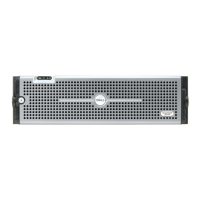
